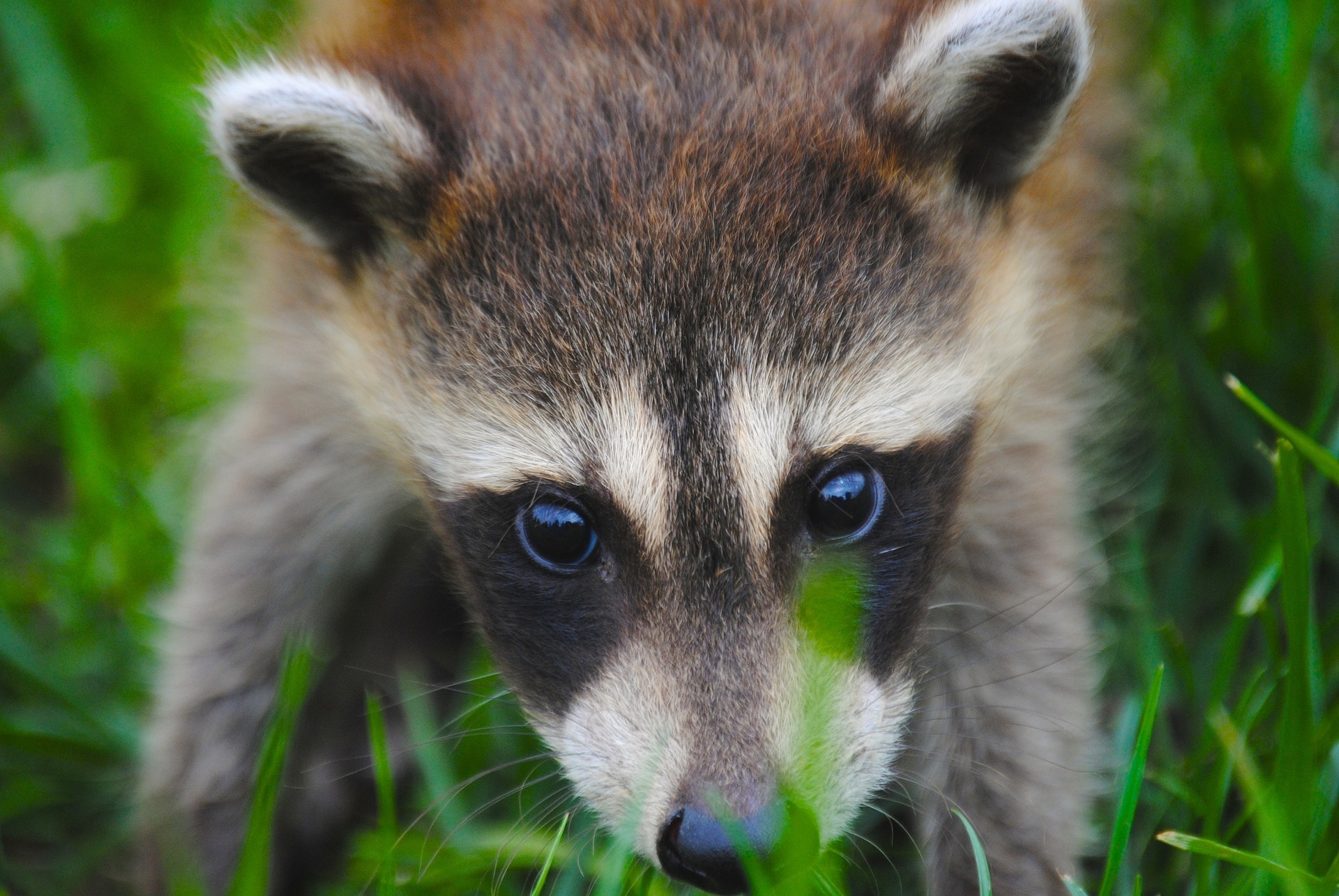What are the Largest Animals
Want to know what are the largest animals? Size has always mattered, and the saying "Bigger is better" is a common one. Like many sayings, this one may have been born from truth, as in the animal kingdom, a larger creature is far less likely to have survival issues. Perhaps this is because no one wants to pick on the big guy, perhaps Darwin's theory is appropriate. Whichever reason carries more weight, size does matter.
So what are the largest creatures on this green Earth? We're going to look at the most mammoth species from each classification (land, water, insect, etc) just to give you an idea of how large these magnificent creatures actually are.
- Largest living animal - The largest animal in the world, bar none, is the blue whale. The heaviest of these monstrosities ever recorded weighed over 190 tons and was 100 ft in length. Imagine swimming by that while scuba diving. The only known, non-human predator to this majestic creature is packs of orcas, or killer whales. A single orca dare not try.
- Largest land animal - The African bush elephant has the distinction of being the largest land animal in existence. Found in many African countries, excluding the Sahara and the Congo, the largest of these behemoths weighed 13.5 tons. Huge, but all but insignificant when compared to its sea-faring counterpart. Unfortunately, the bush elephant is near extinction due to ivory poaching. There are virtually no known non-human predators to an adult bush elephant, but the calves are vulnerable to attack from crocodiles, hyenas, lions, leopards, jaguars and other felines.
- Biggest carnivore - The Southern elephant seal, an inhabitant of the Antarctic islands, is the largest meat eater on this planet. Weighing in excess of 11,000 lbs, these frosty water dwellers were once close to extinction, but now have reached over 600,000 for the total population. The only non-human predator is again, the Orca.
- Largest primate - The Eastern Lowland gorilla is the largest of its species, with males scaling over 500 lbs and over 6 ft in height. These beasts can only be found in the tropical forests of eastern Zaire. There are no known non-human predators.
- Largest rodent - If you thought the rats in the New York City sewers were big, wait until you see the capybara. An adult from this species can weigh up to 176 lbs and be over 5 ft long and 3 ft tall. Found in Central and South America, these rodents face danger from caimans, anacondas, jaguars, pumas, and wild dogs.
- Largest reptile - Most people would be frightened to death if they saw the green anaconda, as they can be over 30 ft in length and weigh over 500 lbs. The largest anaconda ever recorded couldn’t be weighed because it escaped before proper tests were run, but the estimated length was 37.5 ft. Apparently non-homo sapiens aren’t much better at getting close, as it has no non-human predators, and enjoys a perch at the top of the food chain.
- Biggest bird - The ostrich is currently the largest bird in the world. It can reach 9 ft in height and weigh 345 lbs, and each of its eggs weighs 3 lbs., making its eggs the largest in the world. The ostrich predominantly falls prey to lions, but leopards, wild dogs and the spotted hyena are also threats.
- Largest Insect - The giant centipede from the South American rainforests measure in at a whopping fourteen inches. That's over a foot long! In spite of its name, it does not have one hundred legs, but rather forty-six, on its twenty-three body segments. It's venomous and enjoys eating bats, frogs, lizards, mice, and birds. Though painful and dangerous, a bite is not generally fatal to a healthy adult. The known non-human predators (some folks eat them) are toads, shrews and birds.
Now you know what the largest animals in the world are. Pray you don't meet any of them, as their size is quite intimidating, and several are equipped with incredible speed and agility. Admire them from a distance though, as these magnificent creatures are certainly one of a kind.
Category: Animals - Nuisance Control - Trapping
Related Articles
Business News
Popular Posts
- How to become a strategic thinker
- how to balance your mind and achieve greater happiness
- Building a Positive Attitude - Strategies for a Happier and More Fulfilling Life
- Overcoming Negative Thoughts - Strategies for a Positive Mindset
- Cultivating Resilience and Mental Toughness - Keys to Thriving Amidst Lifes Challenges
- 50 positive affirmations to be read every day
- Mind Balance - for those who dare to redefine their limits
- 50 ways to be more like Jesus in everyday life
- Take the Wheel-Navigating Life Beyond the Screen
- Unlocking Potential - The Power of Personality Assessment in Overcoming Obstacles
- The Imperative of Unity - Why SmartGuy and Coexistence is Key to Global Survival
- Universal Pursuit of Happiness - Wisdom from World Religions
- Bridging Divides - Understanding Barriers to Unity and Happiness in World Religions
- A Cautionary Vision - The Grim Future of a Divided World Without Love and Balance
- A Universal Prayer for Peace and Understanding Embracing Diverse Faiths
- Preparing Kids for Adulthood - 15 Vital Skills They Wont Learn in School
- Cultivating Key Skills to Overcome Anti-Semitism and Hate
- Jerusalem's Lesson - A Blueprint for Global Harmony Among Diverse Faiths
- Navigating Diversity - Jerusalem's Tactical Approach to Interfaith Harmony
- Living the Teachings of Jesus - 100 Lessons for a Compassionate and Faithful Life
